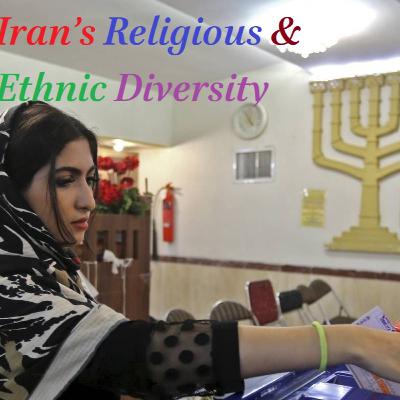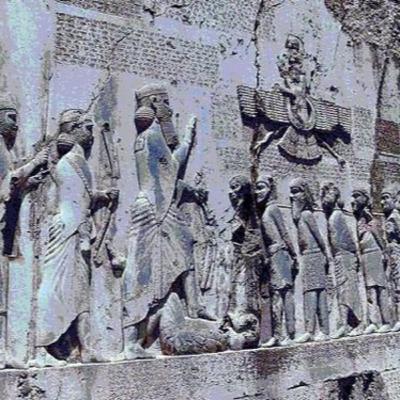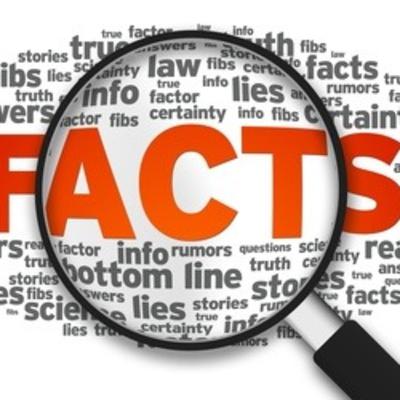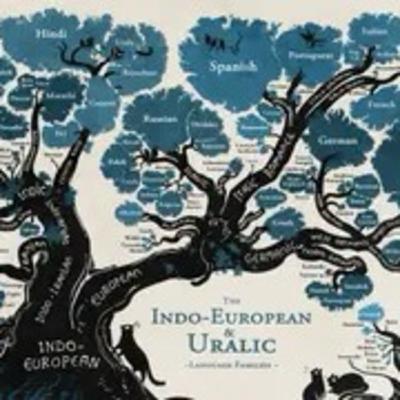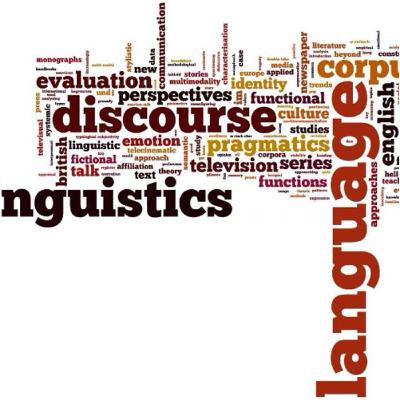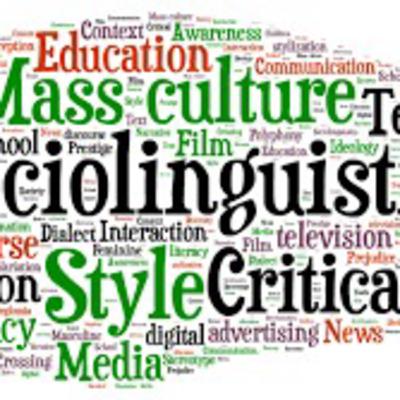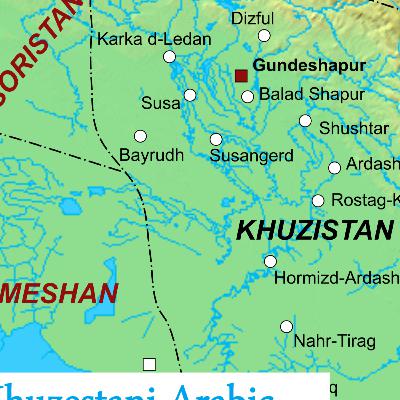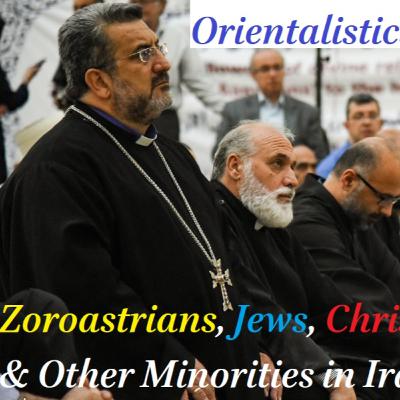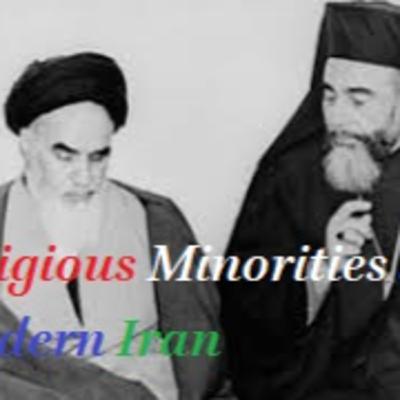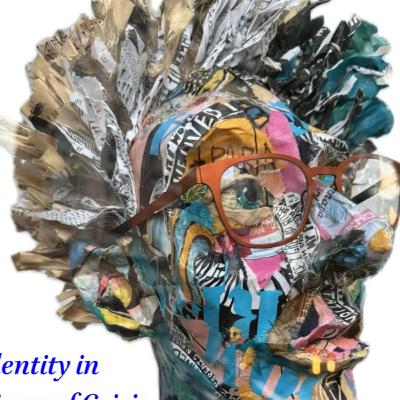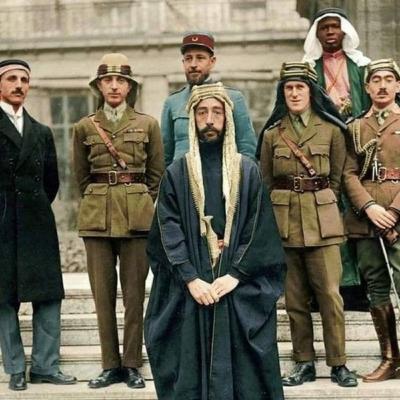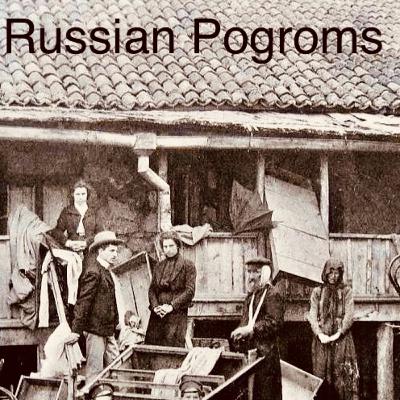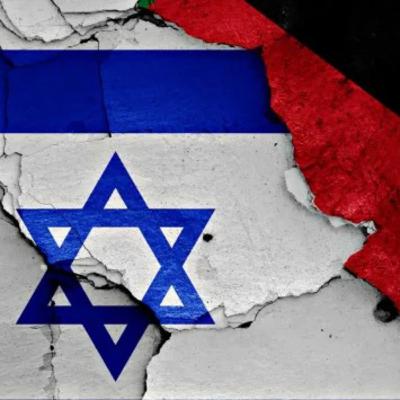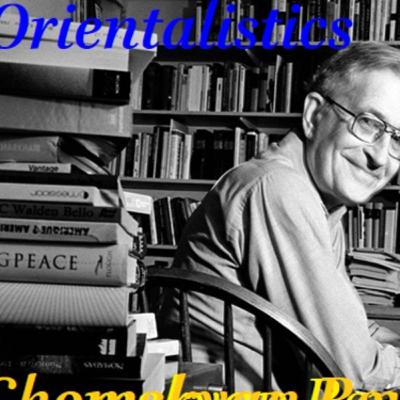An Introduction to Indo-European Linguistics ,Part 3: (Archaeology & Indo-European Languages)
Update: 2024-07-18
Description
Gordon Childe, a notable Australian archaeologist, published "The Aryans," reflecting early interest in Europe's past. Unfortunately, the Nazi regime misused archaeological findings to promote their ideology, leading to atrocities during the Holocaust. This dark chapter caused archaeologists to avoid race and ethnicity topics.
Earlier racial theories in archaeology, primarily based on craniometry, have been debunked. Modern anthropology uses advanced methods to study past populations, and claims about racial groups based on ancient skeletal remains are highly skeptical.
Despite its controversial past, linguistic archaeology offers valuable insights. The migration of Celtic peoples to Britain and Ireland around 2000 BC, for instance, lacks substantial evidence. Some argue Celtic languages have older roots in these regions.
The concept of Indo-European languages, coined by Thomas Young in 1813, remains a central puzzle. Scholars debate whether these languages spread through mass migrations or cultural exchanges. This question extends to linguistic ties with India and Iran.
Investigating early literate societies in Europe, like the Greeks and Romans, and archaeological finds from the Iron Age, such as the Hallstatt and La Tène cultures, offer insights into early European societies.
Prehistoric Europe saw significant transitions, from hunter-gatherer societies to farming communities and metallurgy. Monumental constructions like Megalithic Tombs and changes in burial practices reflect evolving social structures.
As we reconsider early European archaeology, we must approach old questions with fresh perspectives. By updating our methodologies, we can better understand the migrations and cultural transformations that shaped ancient Europe.
Earlier racial theories in archaeology, primarily based on craniometry, have been debunked. Modern anthropology uses advanced methods to study past populations, and claims about racial groups based on ancient skeletal remains are highly skeptical.
Despite its controversial past, linguistic archaeology offers valuable insights. The migration of Celtic peoples to Britain and Ireland around 2000 BC, for instance, lacks substantial evidence. Some argue Celtic languages have older roots in these regions.
The concept of Indo-European languages, coined by Thomas Young in 1813, remains a central puzzle. Scholars debate whether these languages spread through mass migrations or cultural exchanges. This question extends to linguistic ties with India and Iran.
Investigating early literate societies in Europe, like the Greeks and Romans, and archaeological finds from the Iron Age, such as the Hallstatt and La Tène cultures, offer insights into early European societies.
Prehistoric Europe saw significant transitions, from hunter-gatherer societies to farming communities and metallurgy. Monumental constructions like Megalithic Tombs and changes in burial practices reflect evolving social structures.
As we reconsider early European archaeology, we must approach old questions with fresh perspectives. By updating our methodologies, we can better understand the migrations and cultural transformations that shaped ancient Europe.
Comments
In Channel


